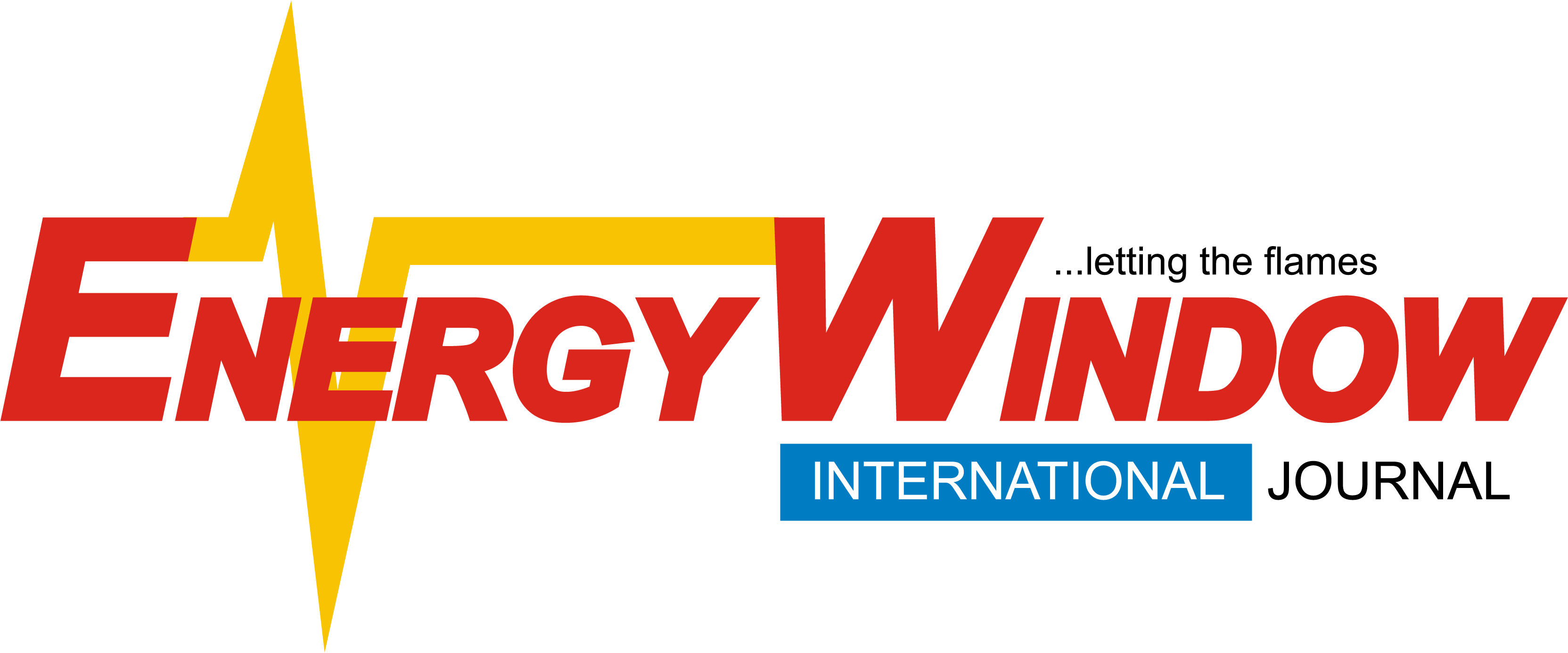- Shifting energy landscape in the region to increase demand for gas and renewables, says Woodmac
With gas demand slowly outstripping supply, Western Australia’s once well-supplied domestic gas market is now tight, and further volatility is expected until new volumes come online later in the decade, Woodmac’s new report had revealed.
The report – “Western Australia’s Domestic Gas Supply/Demand Balance 2024” states that gas and renewables will replace coal-fired generation in Western Australia during the 2030s, a shift which is likely to raise the state’s demand for gas by approximately 10%.
“The region’s largest customers for gas are the mining and mineral processing industries, and they are on a decarbonisation journey. But it’s not one-size-fits-all”, Anne Forbes, senior research analyst, upstream said.
“Some companies are going green by switching from gas to renewable energy, while others are changing from diesel or coal to gas. So, gas demand will be continually evolving over the next decade.”
Alcoa as the region’s single largest gas customer according to the report, accounts for about 25% of the current gas demand, even as the company’s Kwinana bauxite processing plant is expected to close by the end of 2025, with attention now at providing just temporary relief for the region’s stretched supply and demand balance which according to the report is nothing but short-term solution, with a supply shortage still anticipated in the 2030s.
Western Australia’s gas supply comes from both domestic gas plants at LNG projects and domestic gas only fields and facilities. “We expect the offshore domgas-only supply to continue to decline, picking up pace from 2028 onwards.
“While onshore LNG plants in the region are required to supply a specific amount of domestic gas, there is no specific timeframe for its delivery, except for the Scarborough project. The giant Scarborough offshore development is expected to increase domestic gas supply from 2027.”
“New supply from the Perth Basin could help bridge the supply gap, where there is also more exploration planned. However, geological complexity has led to some unexpected outcomes with dry appraisal and even development wells. As a result, delays are likely as operator’s initial development plans in some cases now appear ambitious”, says Forbes.
New gas exports to international markets, such as LNG from the onshore Perth Basin according to the report are currently unacceptable, but the “Perth Basin” operators the report further revealed had argued that allowing exports would create the economic incentive to develop more resources and build larger domgas plants. “These could export gas in the first instance when the market is well-supplied and then provide larger volumes to the domestic market in the 2030s when it is undersupplied.”
While it is hoped that clarification from the state government on its Perth Basin gas export rules could come later this year, a state government committee has declared the long-standing domestic gas policy, including the domestic market obligation from LNG producers, as not fit-for-purpose, signalling potential market intervention.
Forbes added: “The government is reviewing policies relating to onshore, offshore and LNG producers in Western Australia. Customers are demanding cheap gas, while onshore operators are asking for export consideration. Balancing these demands and reducing the risk of further price volatility will be an increasing challenge, particularly as gas demand continues to grow.”

